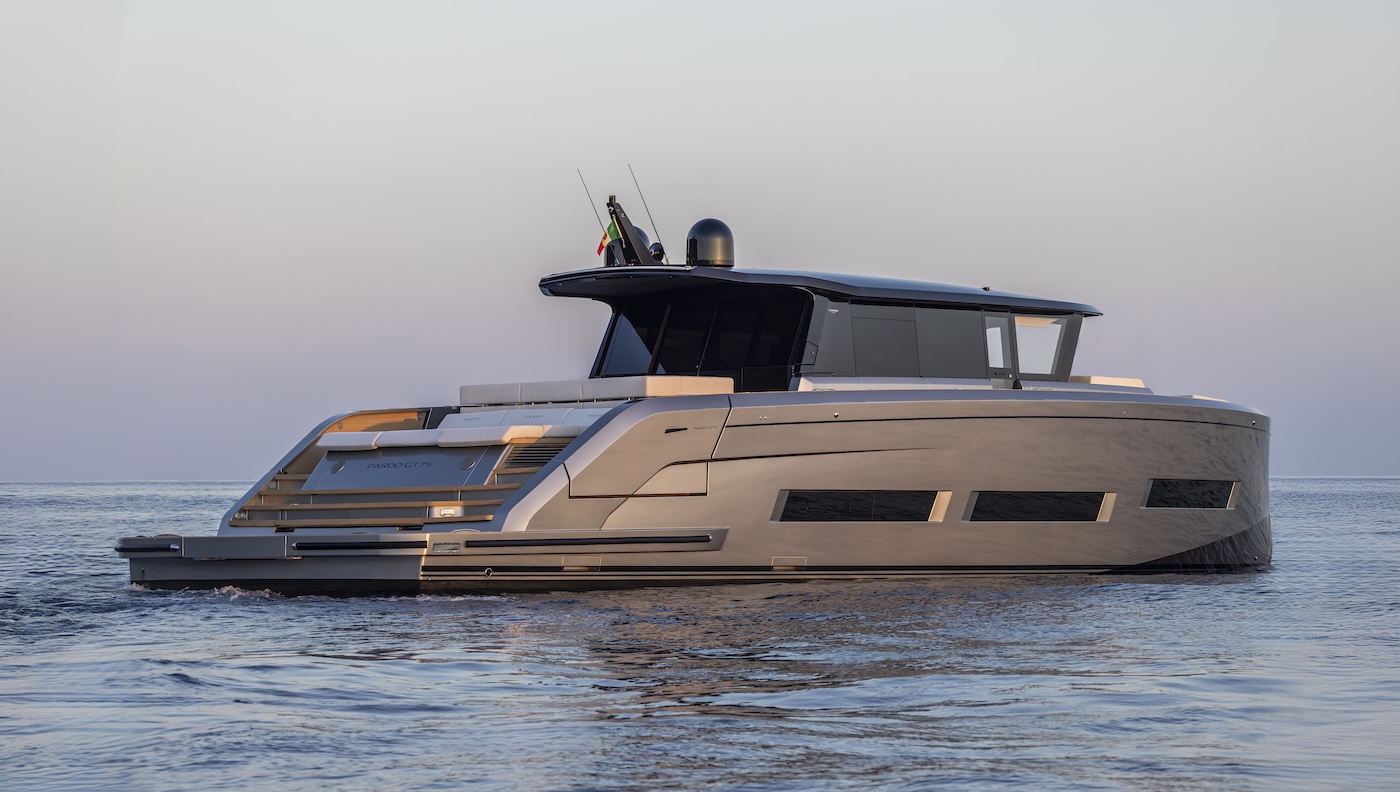Nonostante si abbia a disposizione la più grande quantità d’acqua immaginabile, gli incendi a bordo sono uno degli incidenti più frequenti e più pericolosi per le imbarcazioni di ogni tipo: dal legno alla vetroresina, infatti, i materiali con cui sono costruite le barche hanno tutti la caratteristica di bruciare molto in fretta. Le statistiche ci dicono che una barca a vela di circa 12 metri brucia completamente nel giro di una decina di minuti: bruciando, la barca può affondare o addirittura esplodere se le fiamme raggiungono i materiali combustibili a bordo (le bombole del gas, il gasolio), e sicuramente sprigionerà dei gas estremamente tossici. Il tempo che si avrà a disposizione per intervenire ad incendio scoppiato sarà quindi molto poco, ed è bene concentrarsi sulla prevenzione.
Evitare gli incendi a bordo
In barca sono tre i luoghi in cui con maggiori probabilità si scatenano degli incendi: la cucina, il vano motore, il circuito elettrico.
In cucina, oltre al gas che è il carburante più diffuso per i piani cottura a bordo, sono gli schizzi di olio e altri materiali grassi che possono innescare un incendio. Oltre ad evitare di friggere, quindi, è bene disporre in cucina dei mezzi per intervenire su eventuali focolai prima che si propaghino. L’estintore, come d’obbligo, ma anche una coperta ignifuga, tenuta in un luogo facilmente raggiungibile perché, come abbiamo detto, il tempo è tutto. Nell’ottica della prevenzione, è bene controllare sempre i tubi del gas e tenere le bombole in un luogo che possa essere areato facilmente.
Le perdite di carburante e l’accumulo di gas e sporcizia in sentina sono un’altra delle cause più diffuse di incendio a bordo. La pulizia del vano motore e della sentina è senza dubbio l’attività di prevenzione più importante in questo caso, così come il controllo di eventuali perdite di carburante.
Infine l’impianto elettrico, da controllare scrupolosamente e periodicamente anche a causa della corrosività dell’ambiente salino in cui tanto ci piace vivere. Un impianto elettrico vecchio e malfunzionante ha più probabilità di causare un corto circuito e quindi un incendio a bordo. Oltre all’ovvio suggerimento di far sempre fare a mani esperte, nel caso del circuito elettrico è bene ricordare che i cavi che utilizziamo a bordo devono essere di dimensioni adeguate all’assorbimento: è la regola fondamentale per evitare che i cavi si surriscaldino. La regola “casalinga” (per cavi corti) vuole che per ogni mm2 di cavo si possono alimentare 3 Ampère. Ma, ribadiamo, meglio far fare a mani esperte.
Preparsi all’evenienza
Vedremo in un prossimo articolo come comportarsi in caso di incendio, ma ci sono altri due passi fondamentali da compiere a bordo nell’ottica della sicurezza preventiva.
La disposizione e l’utilizzo degli estintori e delle eventuali altre dotazioni antincendio (come le coperte ignifughe) devono essere argomenti toccati durante il briefing all’equipaggio al momento dell’imbarco. A bordo dovrebbe inoltre essere predisposta una “grab bag“, una sacca stagna da afferrare velocemente in caso sia necessario abbandonare la barca. La sacca dovrebbe contenere i documenti dell’equipaggio e della barca, un telefono (satellitare se si naviga in altura), un VHF portatile, una torcia, fuochi di segnalazione e materiale di sopravvivenza (coperte e acqua).
Nel video qui sotto si vede lo yacht a motore Positive Energy bruciare completamente in pochi minuti mentre era ormeggiato in rada. L’incidente è avvenuto pochi giorni fa a St. Thomas, Isole Vergini Statunitensi. In questo caso se ne stanno andando in fumo circa 2 milioni e mezzo di dollari, ma se anche a bruciare fosse una barchetta da 25 mila euro il dolore del proprietario sarebbe lo stesso.










